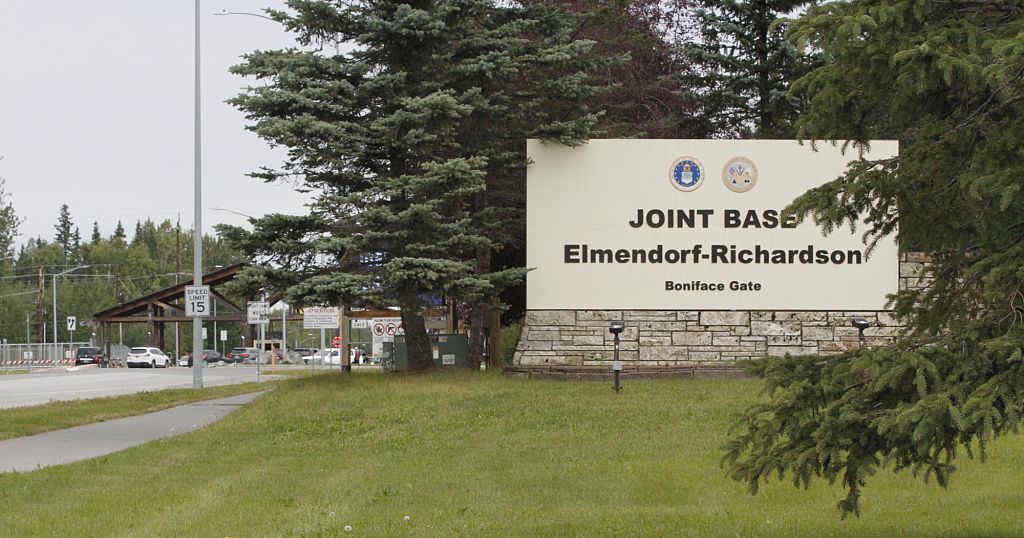As global attention turns to the Arctic region, Anchorage, Alaska, prepares to host a pivotal diplomatic encounter between the United States and Russia. U.S. President Donald Trump and Russian President Vladimir Putin are set to meet Friday at Joint Base Elmendorf-Richardson, the state’s largest military facility, amid tight security protocols and logistical coordination. The high-stakes one-on-one discussion marks the first face-to-face engagement between the two leaders in over a year, with bilateral tensions over issues ranging from arms control to cybersecurity likely to dominate the agenda.
Situated just outside Anchorage, Joint Base Elmendorf-Richardson has become a hive of activity as final security sweeps and operational checks unfolded Thursday. Journalists from international outlets gathered near secured perimeters, capturing scenes of military personnel directing traffic and monitoring access points. The base, known for its strategic role in Arctic defense operations, previously hosted a 1988 meeting between former Secretary of State George Shultz and Soviet Foreign Minister Eduard Shevardnadze, underscoring Alaska’s historical significance in U.S.-Russia dialogue.
Airspace restrictions announced by the Federal Aviation Administration will ground nonofficial flights over Anchorage on Friday, while local authorities have implemented temporary road closures near the base. These measures mirror security strategies employed during past high-profile summits, with officials citing standard protocols for protected movements of heads of state. Residents received advance notifications through emergency alert systems, though no specific threats have been publicly disclosed.
The choice of Alaska as the summit location carries symbolic weight, balancing geopolitical neutrality with logistical practicality. Situated approximately equidistant from Moscow and Washington, the state has long served as a crossroads for Arctic cooperation and military coordination. Analysts note the meeting’s remote setting may facilitate candid discussions away from media scrutiny, though the sparse agenda released by both governments has left room for speculation about unexpected diplomatic developments.
With global markets and policymakers keenly observing the summit’s outcomes, the encounter arrives at a delicate juncture in bilateral relations. Recent disagreements over election interference allegations, military posturing in Eastern Europe, and energy policy have strained ties, making the Anchorage meeting a critical opportunity to address disputes or identify areas of mutual interest. Both administrations have avoided characterizing the event as a breakthrough opportunity, instead framing it as part of ongoing strategic dialogue.
As military helicopters conducted final surveillance flights over the base Thursday evening, staff at nearby hotels reported full occupancy from diplomatic delegations and security details. Local businesses, from coffee shops to logistics providers, have experienced an unusual midwinter surge in activity tied to the summit’s preparations. The Anchorage meeting’s legacy, observers suggest, may ultimately hinge on whether it lays groundwork for substantive policy coordination or simply underscores enduring divisions between the nuclear powers.
